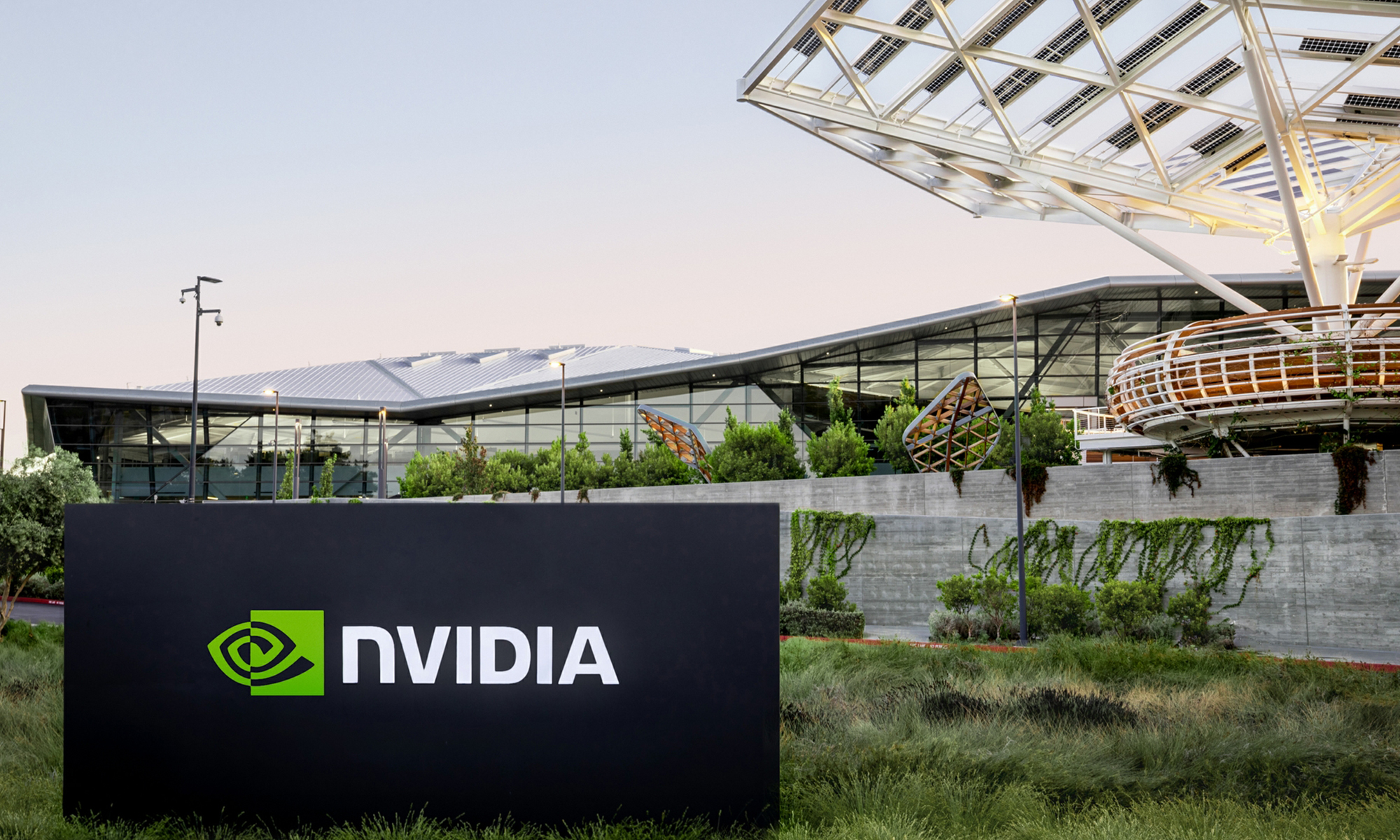Would you be interested in a company that earns over 50% on invested capital, has a net cash position, and projects strong current demand, despite the COVID-19 pandemic? Semiconductor equipment company Lam Research (LRCX +0.68%) offers investors just that.
Lam reported its first-quarter earnings last night on April 22. Like other semi equipment companies that have recently reported, Lam continues to see the strong demand it had projected earlier in the year, before the virus hit, according to its management. But is it sustainable?

Image source: Lam Research.
The results
For the quarter, Lam reported revenue of $2.5 billion, a growth of 2.6% year over year. Diluted earnings per share grew 11.8% as margins expanded and Lam's share count came down due to buybacks. Still, these results were below the initial $2.8 billion revenue guidance given on the January earnings call.
Yet unlike other industries seeing demand plummet amid the coronavirus pandemic, Lam's lower results were completely due to supply constraints. Lam experienced delays in getting parts for its machines from certain affected areas in east Asia during the quarter, and strict social distancing policies in its factories meant Lam was a bit slower getting its machines made and out the door.
In fact, management divulged that Lam had a record backlog at the end of the last quarter, and characterized demand for its machines as "strong."
Why no demand slowdown?
Lam's strength can be attributed to the same factors that gave ASML Holdings (ASML 0.52%) a strong outlook last week -- its machines are critical to the production of leading-edge chips needed for 5G and artificial intelligence. In addition, Lam's machines are crucial for technology transitions in the memory market.
2019 saw a "memory recession" in which investment in equipment fell 40%. That means the memory market supply and demand dynamics were already favorable entering the year, with memory supply already trailing long-term demand growth. Therefore, memory spending won't likely decline in 2020, even if a recession hits.
On the conference call with analysts, CEO Doug Bettinger said:
Semiconductors have become so embedded into nearly every industry that we expect broad portfolio semiconductor equipment companies, such as Lam, to see offsetting areas of strength and weakness to help support results. This was our experience through the trough of the recent industry cycle, where we saw increased foundry and logic spending offset memory weakness. ... As we assess the potential future impact of COVID-19 on our business, recent customer commentary points to cloud and enterprise strength as an offset, at least in part, to the weakness that may be seen in more consumer-oriented end markets like smartphones and auto.
Even with a COVID-19 related slowdown, memory companies will have to start buying Lam's equipment just to keep up with demand growth and stay on par with competitors. Even though parts of the economy are likely to decline, 5G, cloud computing, and PCs are all booming right now, which management believes will somewhat offset declines in consumer electronics, phones, auto, and industrial.
Still, investors and management are staying cautious
Despite the strong results, Lam drew down part of its revolving credit facility and has suspended buybacks as a precaution. CEO Doug Bettinger said that some consumer-facing companies are now seeing lower demand, but orders for Lam's equipment haven't yet been affected. So, management struck a cautious tone, even though sales aren't slowing at all.
Investors seem cautious too. Despite Lam seeing no letup in demand, its stock trades roughly 20% below its February high. Recessions have not been kind to semiconductor companies in the past, but this recession is leading to an increased dependence on technology.
Therefore, even if the economy contracts, semis may not see as severe a contraction as in prior recessions, before smartphones and cloud computing were as ubiquitous. With companies and countries looking to keep their technological edge more than ever, the companies producing the most advanced semiconductors and memory should be in decent shape, at least for now.
Though many stay-at-home tech stocks are now relatively expensive, investors should focus on the parts of the technology market that haven't yet fully recovered from the first quarter sell-off. That means Lam and other select semiconductor equipment stocks look like solid values today.







